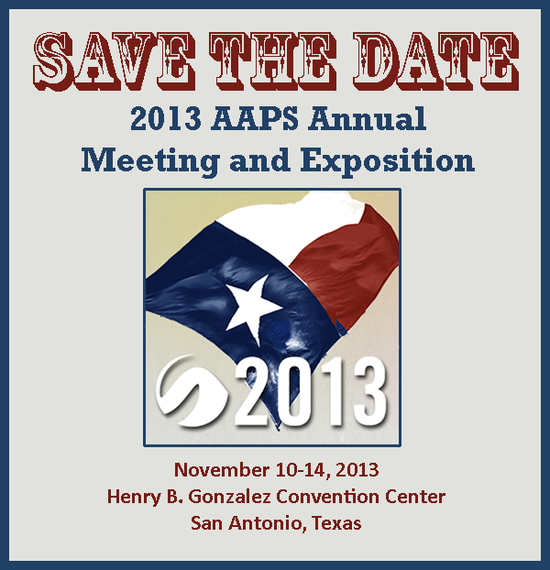AAPS ( American Association of Pharmaceutical Scientists ) Annual Meet…
페이지 정보
본문
Join us at the AAPS Annual
Meeting in San Antonio
Abstracts
Poster #M1108
- A New Organotypic 3D Human Small
Intestinal Tissue for Drug Absorption Studies
Seyoum Ayehunie, Zachary Stevens, Timothy Landry, Alex Armento, Mitchell Klausner, and Patrick Hayden
Purpose: The intestinal epithelium controls entry of orally ingested nutrients/medicaments. Currently, the most common in vitro model for study of intestinal drug safety/absorption is the colon carcinoma cell line, Caco-2, which does not recapitulate the 3D architecture of small intestine (SI) tissue. The purpose of the current study was to characterize a new organotypic tissue model generated from primary human SI cells.
Methods: Human SI epithelial cells and fibroblasts were expanded in monolayer culture and seeded onto microporous membrane inserts to reconstruct 3D organotypic SI tissues. Tissue morphology, biomarker expression, and ultrastructural features were characterized by H&E staining, immunohistochemistry, and transmission electron microscopy, respectively. Drug transporter expression was checked by RT-PCR. Tissue responses were examined following TNF-α exposure. Finally, barrier function of the SI tissue was monitored using transepithelial electrical resistance (TEER), Lucifer yellow permeation, and the passage of drugs previously tested in Caco-2.
Results: Analysis of the SI tissue model revealed: 1) wall-to-wall tissue growth, 2) columnar epithelial cell morphology similar to human SI, 3) expression of MUC-2, CK19, and villin, and 4) formation of brush borders and tight junctions. RT-PCR results showed expression of efflux drug transporters MDR-1, MRP-1, MRP-2, BCRP and the metabolic enzyme, CYP3A4, similar to human jejunum explants Treatment of the SI tissue with TNF-α induced a proinflammatory response by inducing chemokines including IL-8 and GRO-α. Finally,TEER levels ranged from 60-180 Ώ*cm2 mimicking the SI microenvironment.
Conclusion: The new human cell-based SI model will be a valuable tool for pre-clinical evaluation of drug safety/absorption as well as preclinical study of intestinal mucosal inflammation, microbiomes, and microbial infection mechanisms in the gastrointestinal microenvironment.
Click here to receive a copy of this poster!
Poster #M1089
- In Vitro Human Alveolar Tissue Model for Inhaled Drug Delivery Applications
Patrick J. Hayden, George R Jackson Jr, Courtney Mankus, Seyoum Ayehunie, Mitchell Klausner, Alex Armento
Purpose: Reliable in vitro human models for investigating airway toxicity and drug delivery are needed to provide accurate tools to inhaled drug formulators. In vitro airway models based on primary human cells have been described. However, models utilizing animal cells or human cell lines are most commonly employed. The purpose of the present work was to develop an in vitro air-blood barrier model derived from primary human alveolar epithelial cells, pulmonary endothelial cells and monocyte-derived macrophages.
Methods: The alveolar model was constructed by seeding endothelial cells on the underside of a microporous membrane. Alveolar epithelial cells were then cultured on the top surface of the membrane. The epithelial /endothelial co-culture was continued until barrier development occurred. Finally, monocyte derived macrophages were seeded onto the apical surface of the model. The triple co-culture model was characterized by histological and immunohistochemical methods and transmission electron microscopy. Barrier formation was assessed by measurement of transepithelial electrical resistance (TEER). Macrophage purity was assessed by flow cytometry.
Results: Confocal imaging demonstrated epithelial staining for cytokeratin 19 as well as tight junction proteins ZO-1 and occludin, while the endothelial cell layer stained positive for von Willebrand factor and e-cadherin. Celltracker dye was used to visualize macrophages on the luminal side of the alveolar cultures. The model developed peak TEER of > 1,000 Ω*cm2 within 9-12 days, and maintained TEER > 400 Ω*cm2 for up to 30 days. Macrophage purity by flow cytometry was > 95% (CD14+).
Conclusion: This new human alveolar model shows promise as a useful tool for in vitro airway toxicity and inhaled drug delivery investigations.
Click here to receive a copy of this poster!
- 이전글Annual Meeting 2014 with MatTek Human 3D Tissue Models 14.05.27
- 다음글Drug Delivery in vitro 13.10.03

